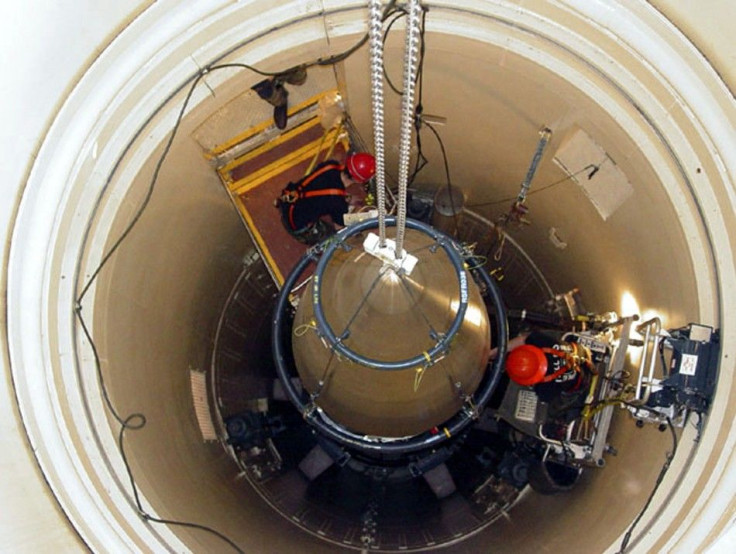US Be Warned; China, N. Korea Have Weapons, Systems That Can Reach Mainland

China and North Korea, allies at the same time two of the greatest archenemies of the United States, have reportedly advanced well into their respective military inventions. A report by Want China Times disclosed the world's second-largest economy now has a nuclear-powered ballistic missile submarine that can strike the continental United States from the Chinese coast, while South Korea warned its northern twin may have already developed missiles that are also capable of striking the same target of China's.
The Type 096 third-generation nuclear-powered submarine, Want China Times said, will carry a ballistic missile with a range of 11,000 kilometres. This range, it said, is far enough to reach the United States, thus risking the latter of a direct nuclear attack even from far Chinese shores.
A study from the Moscow-based Russian Military Analyst said China is working on the Type 096 Tang-class ballistic missile submarines to replace the Type 094 by 2020. By that time, China's PLA Navy will possess six Type 094 and Type 096 submarines. Its combined power will control 80 submarine-launched ballistic missiles with about 300 nuclear warheads.
China reportedly owns four Type 094 Jin-class second-generation ballistic missile submarines. But its attack range is only at 6,000 kilometres, which meant the threat of its JL-2 missile to American forces "is only confined to the Western Pacific."
Meantime, South Korea's defence ministry, in a recent white paper, likewise hinted of possible nuclear missiles poised towards the U.S., this time from North Korea. South Korea believed the North had made great advancements in its nuclear programmes enough to have created missiles geared towards the U.S. mainland.
"[The North is] presumed to have (missiles) capabilities that could threaten the U.S. mainland, having fired off long-range missiles five times," the white paper said. At the same time, "North Korea's capabilities of miniaturizing nuclear weapons appear to have reached a significant level."
The Defense Ministry's biannual report somehow corroborates the pronouncement of Gen Curtis Scaparrotti, commander of U.S. Forces in Korea, in October 2014 during a briefing at the Pentagon. He said then North Korea may have already been able to combine the technologies needed to make a mobile rocket launcher, a long-range missile, and a miniaturised nuclear warhead. "They've had the right connections, and so I believe have the capability to have miniaturized a device at this point, and they have the technology to potentially actually deliver what they say they have...and I don't think as a commander we can afford the luxury of believing perhaps they haven't gotten there."






